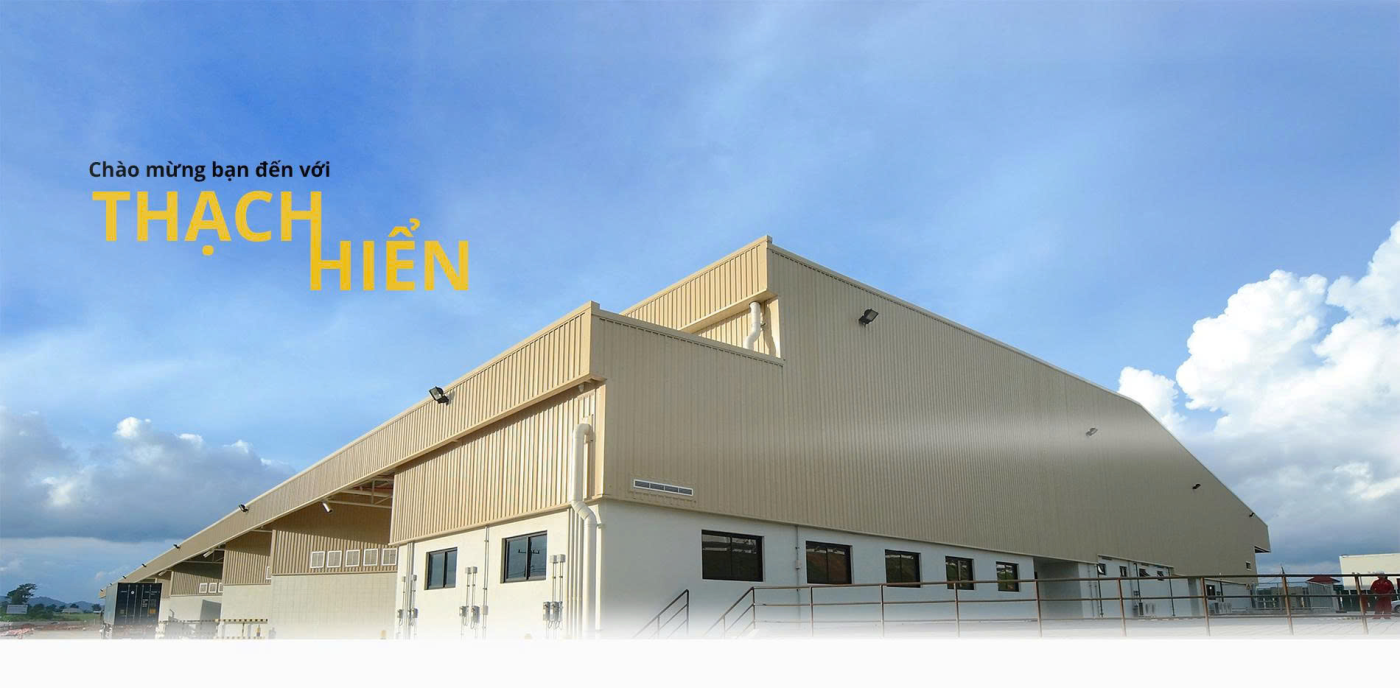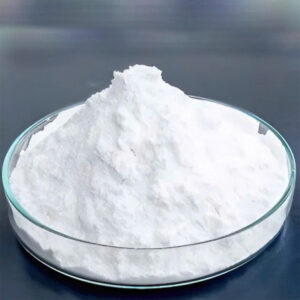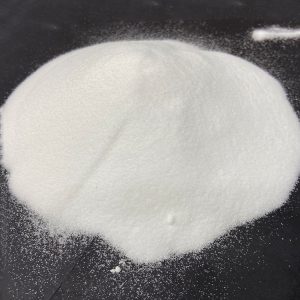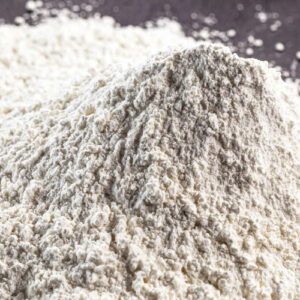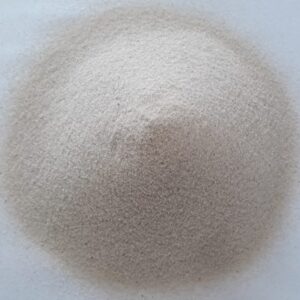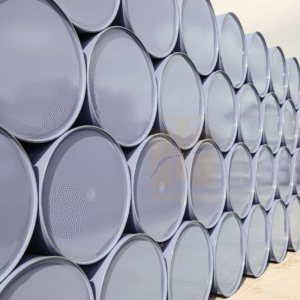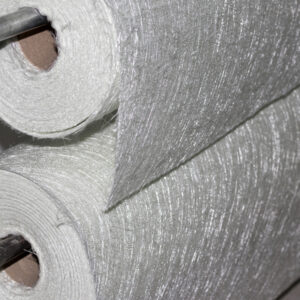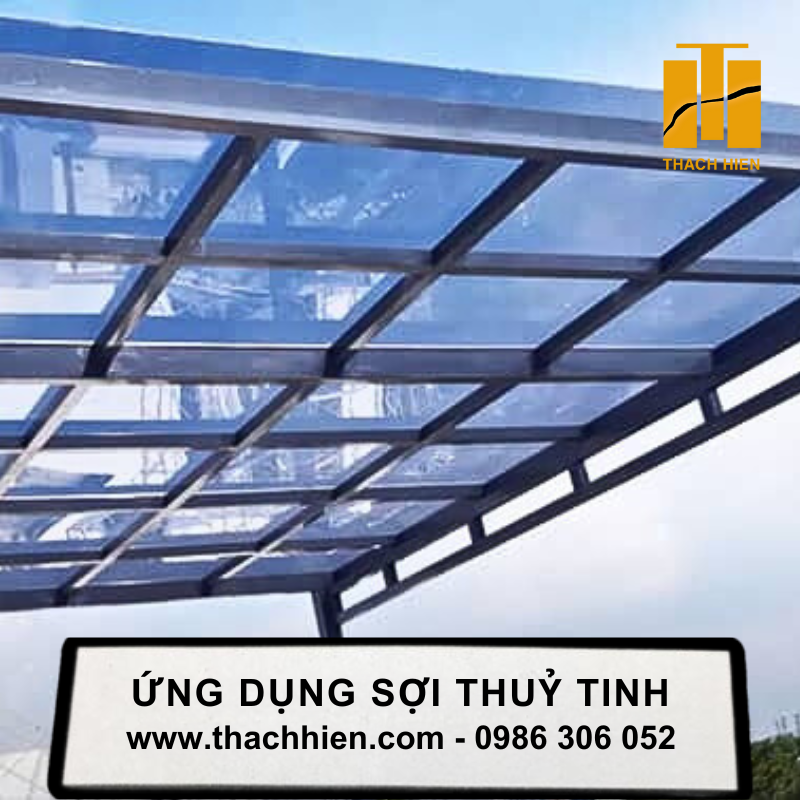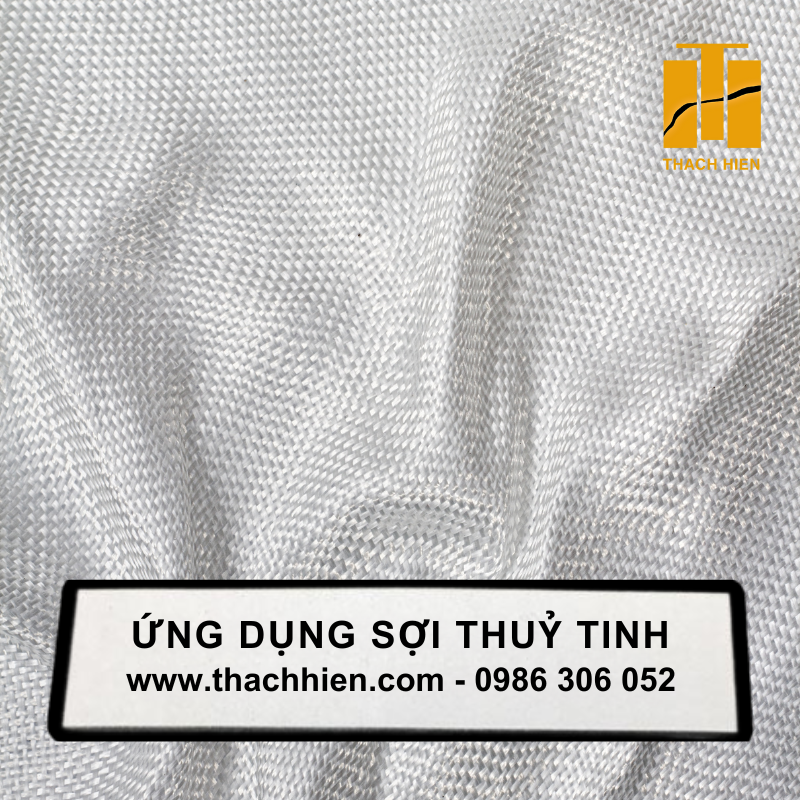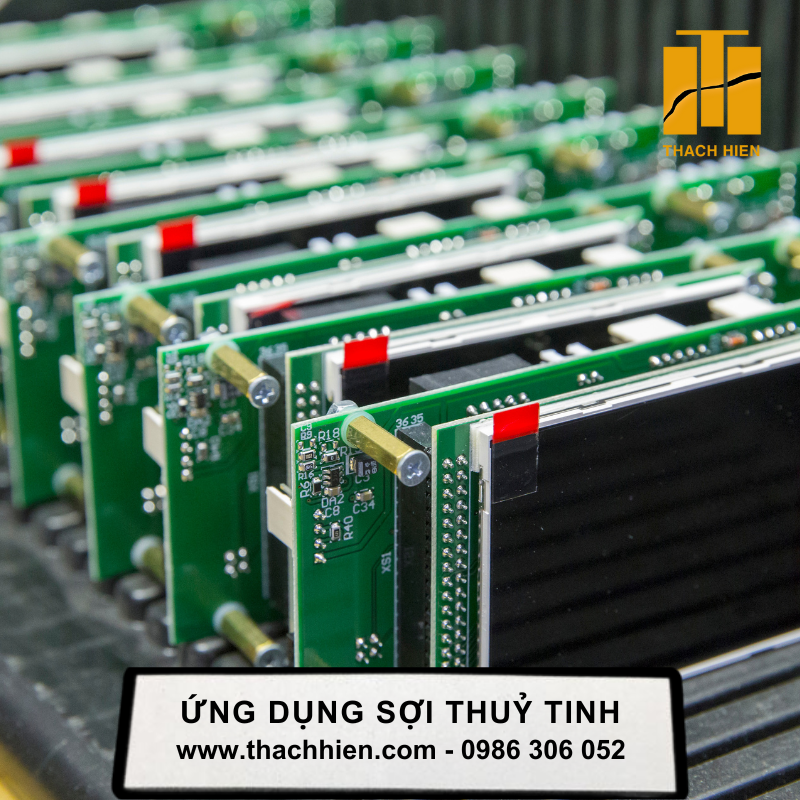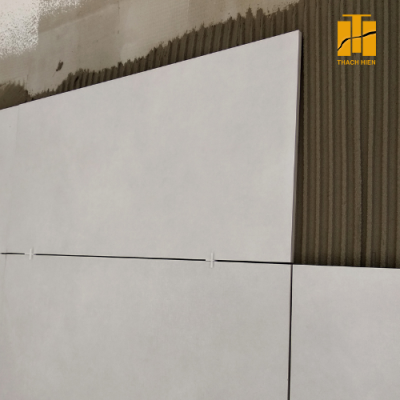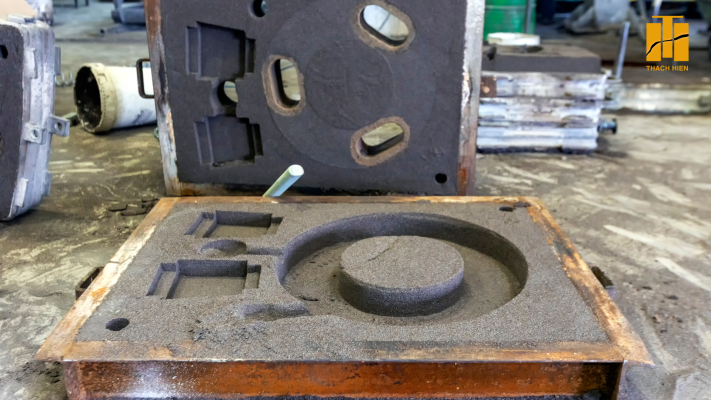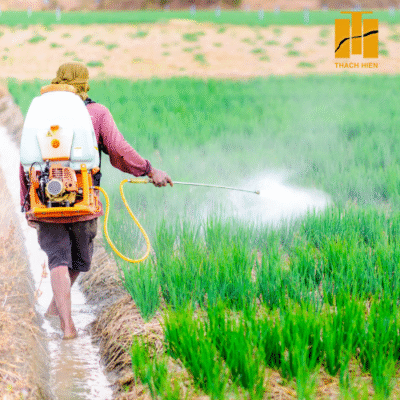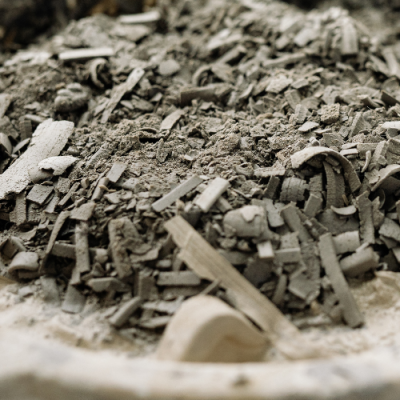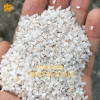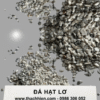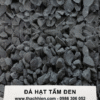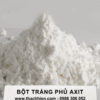News
GLASS FIBER AND APPLICATIONS IN PRODUCTION
What is fiberglass?
Fiberglass is a material produced by the method of drawing fibers from solid glass in the form of heat and pulling them into fibers, the glass loses its hardness and brittleness. After being drawn into fibers, fiberglass has the same strength as steel fibers of the same size. Fiberglass is also known as ERP material, which is a combination of composite materials and fiberglass. It is a type of composite made from thermosetting resin components with glass fiber reinforcement.
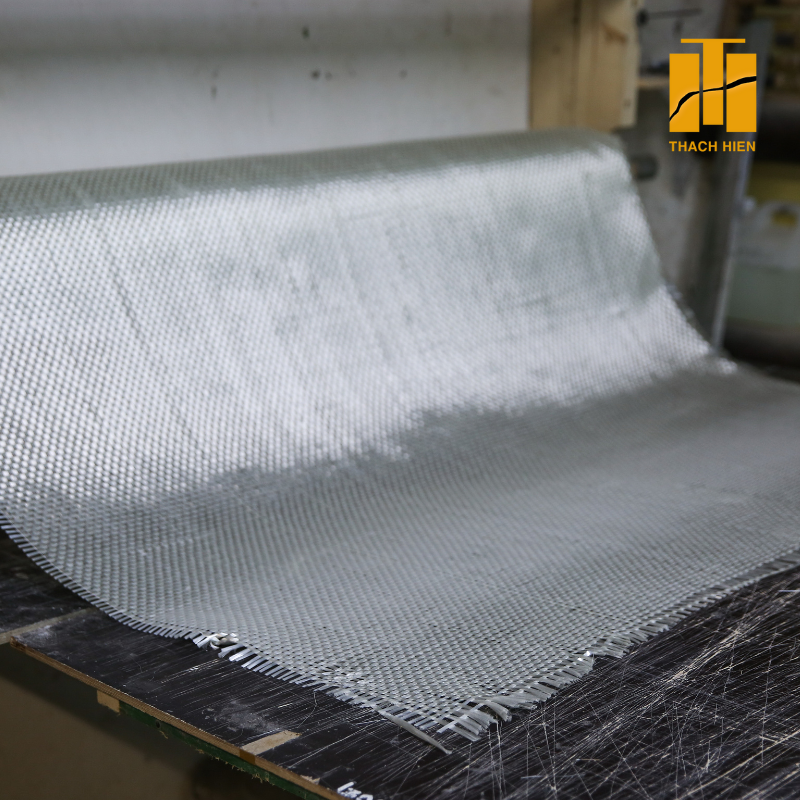
OUTSTANDING FEATURES OF FIBERGLASS COMPOSITE MATERIALS
| Advantage | Disadvantages |
| – Low density, high mechanical strength, good rigidity and tensile strength
– Good insulation and heat insulation, not affected by the external environment – High chemical and alkali resistance, low maintenance cost – Low investment cost for production equipment – The product’s shelf life is longer than products made from metal and wood. |
– Difficult to recycle when damaged or waste during the production process
– High cost of raw materials, time consuming processing method – The process of analyzing the mechanical and physical properties of complex specimens – The quality of materials depends largely on the skills and expertise of the workers. |
Fiberglass manufacturing process
After being melted, the glass will flow into the furnace, the bottom of the furnace is attached with a spinning die. These spinning dies have small holes for the melted glass to enter and move to a high-temperature resistant shaft where high-pressure water jets blow into the glass fibers and pull them into thin fibers. These fibers, under the influence of pressure, are broken into short pieces and coated with lubricant during the production process and then rolled into cooling drums, which is called the liquid glass production process.
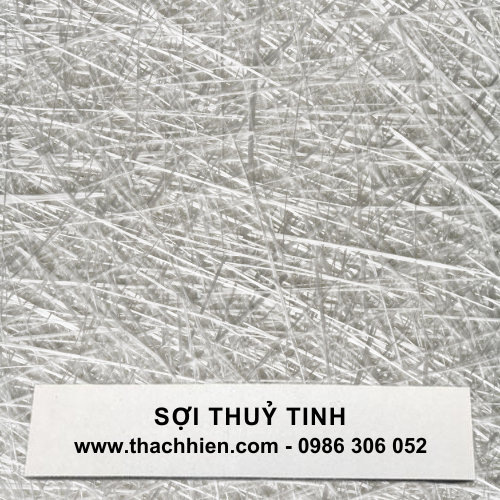

 vn
vn